









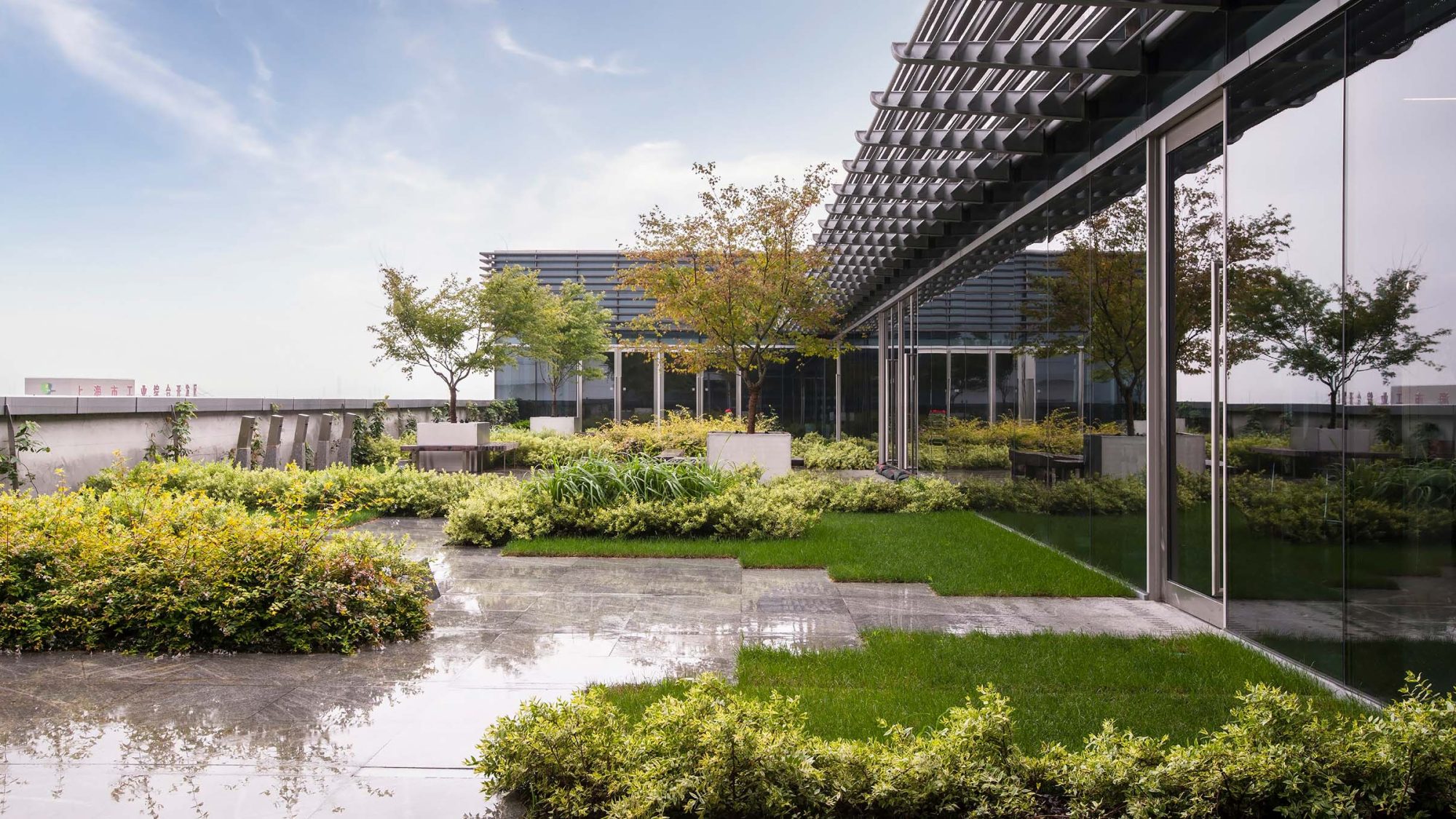 Nu Skin, Shanghai
Nu Skin, Shanghai As the world’s population grows and the demand for natural resources increases, prioritising sustainable development has become ever more critical. This means meeting the current generation’s needs while maintaining the ability of subsequent generations to do the same.
An important area to consider is sustainable architecture, which seeks to create environmentally conscious, socially responsible and economically viable buildings. This article explores why sustainable architecture is the future.
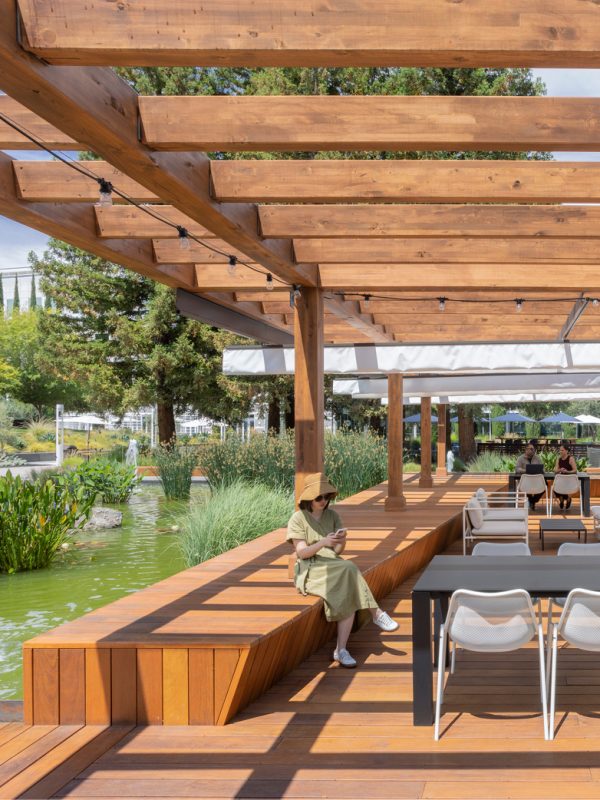 PayPal, San Francisco
PayPal, San Francisco Sustainable architecture is a design approach that considers the environmental impact of buildings during construction and throughout their lifecycle. It aims to reduce overall carbon through passive systems, active energy-saving measures and careful consideration of materials used and waste generated in their construction and operation. Architecture with an environmental, social and governance (ESG) agenda aims to increase its value to communities and stakeholders through these sustainable practices. Examples include healthy interiors with low-VOC materials, third spaces dedicated to mental and physical wellbeing and advanced technologies that improve air quality, thermal, lighting and acoustic comfort.
Given the rising demand for more sustainable buildings, the significance of sustainable architectural design cannot be taken for granted. Waste and pollution can be minimised while still producing innovative and aesthetically pleasing designs. Building certifications can play a crucial role in ensuring the validity and credibility of a building’s sustainability achievements. These certifications, which independent third-party organisations award, evaluate various aspects of a building’s design, construction and operation to meet specific sustainability and environmental standards.
You can gain further insight into sustainable office design certifications here.
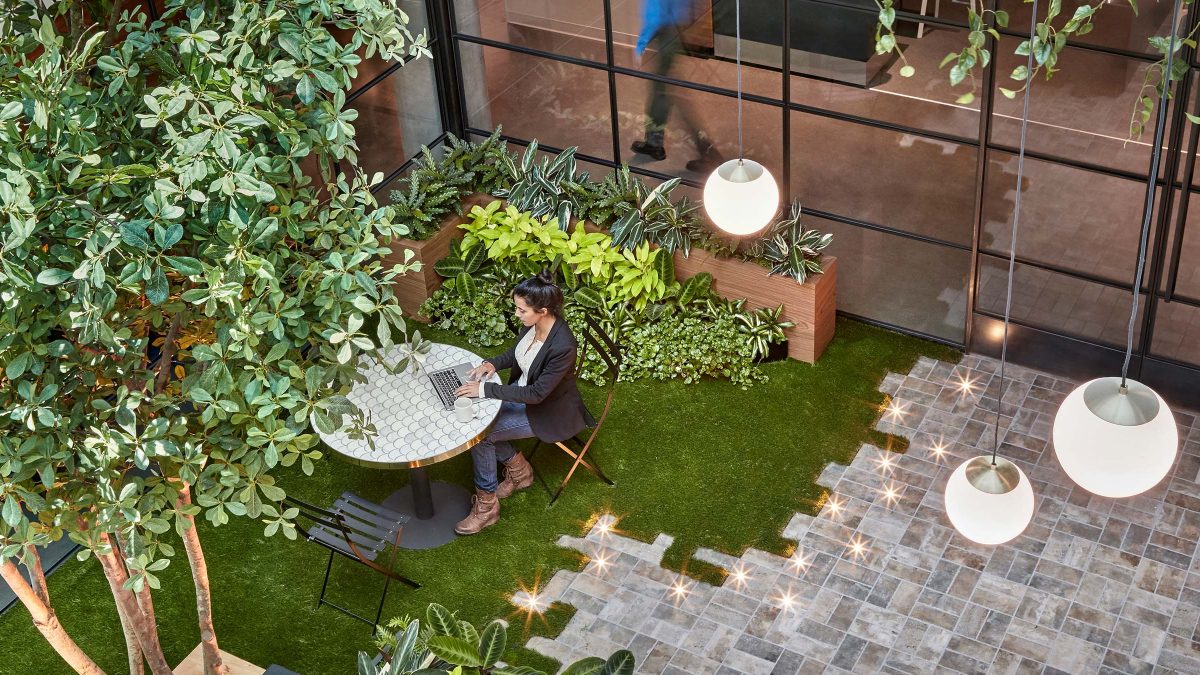 Confidential client, San Francisco
Confidential client, San Francisco 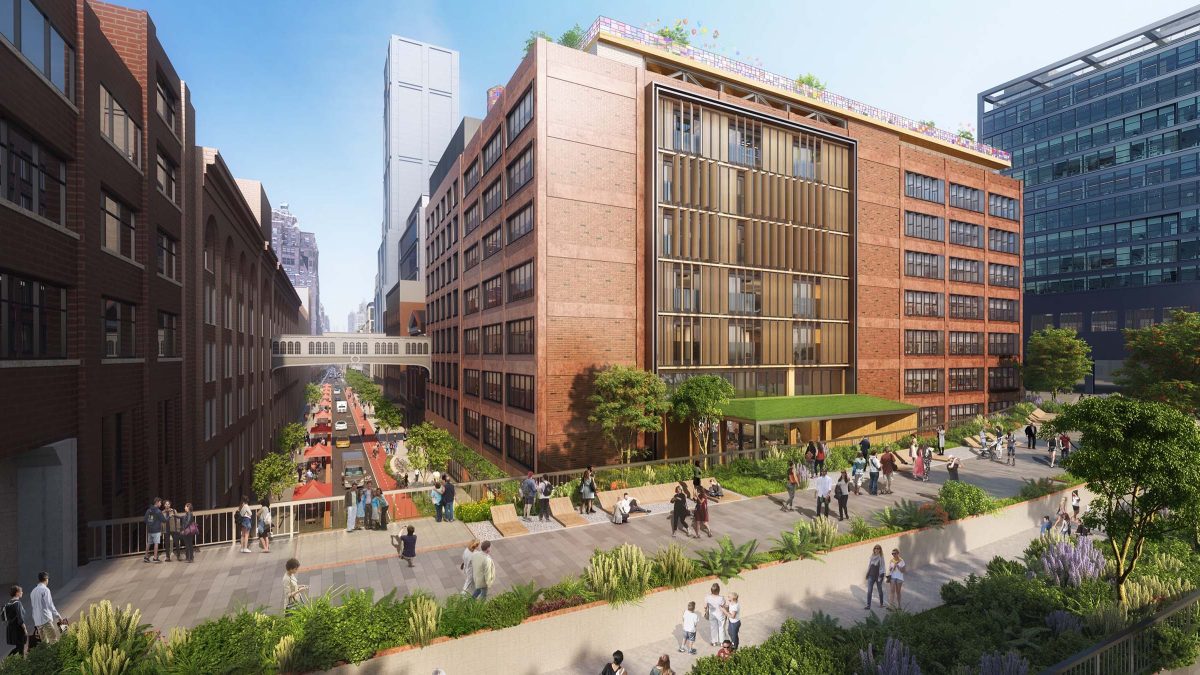 Confidential client, New York
Confidential client, New York 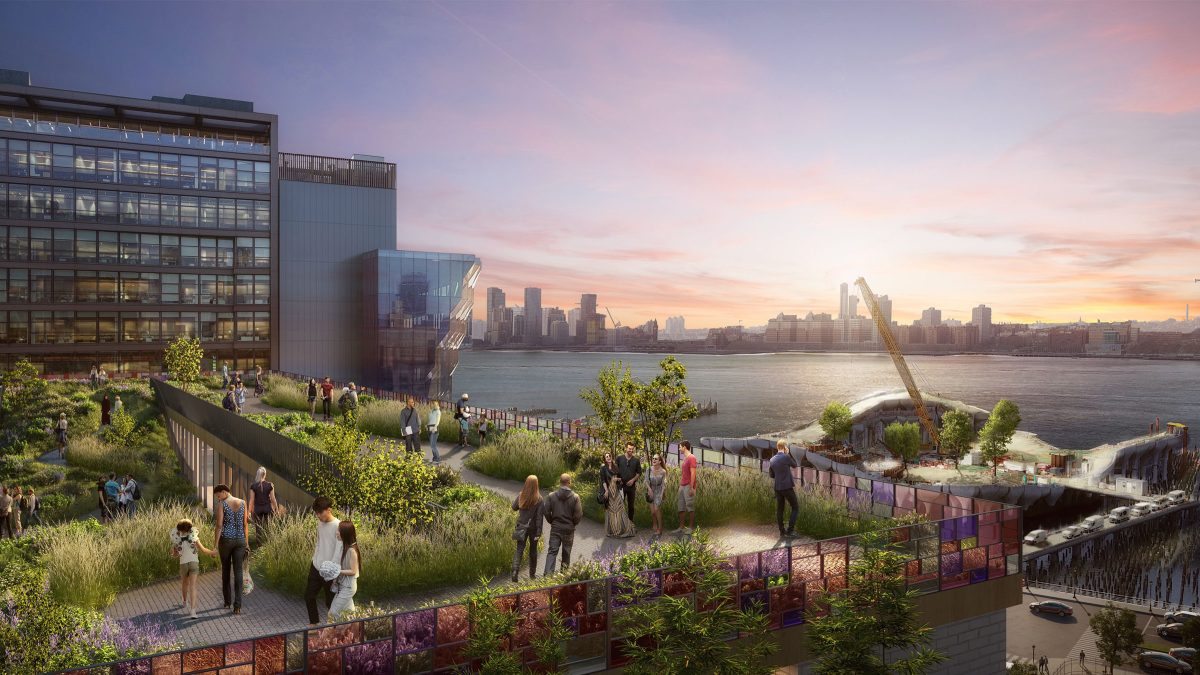 Confidential client, New York
Confidential client, New York It is essential to rethink how we construct and operate the built environment. Transitioning from an industry responsible for nearly 40% of global CO2 emissions to one that can exist in balance with our available resources is the single most impactful move we can make to limit global warming to 1.5oC.
Julian Rimmer, Director, M Moser AssociatesSustainability is key in shaping the building industry’s future. Here’s why sustainable architecture is becoming more prominent:
Environmentally conscious
Economically beneficial
Socially responsible
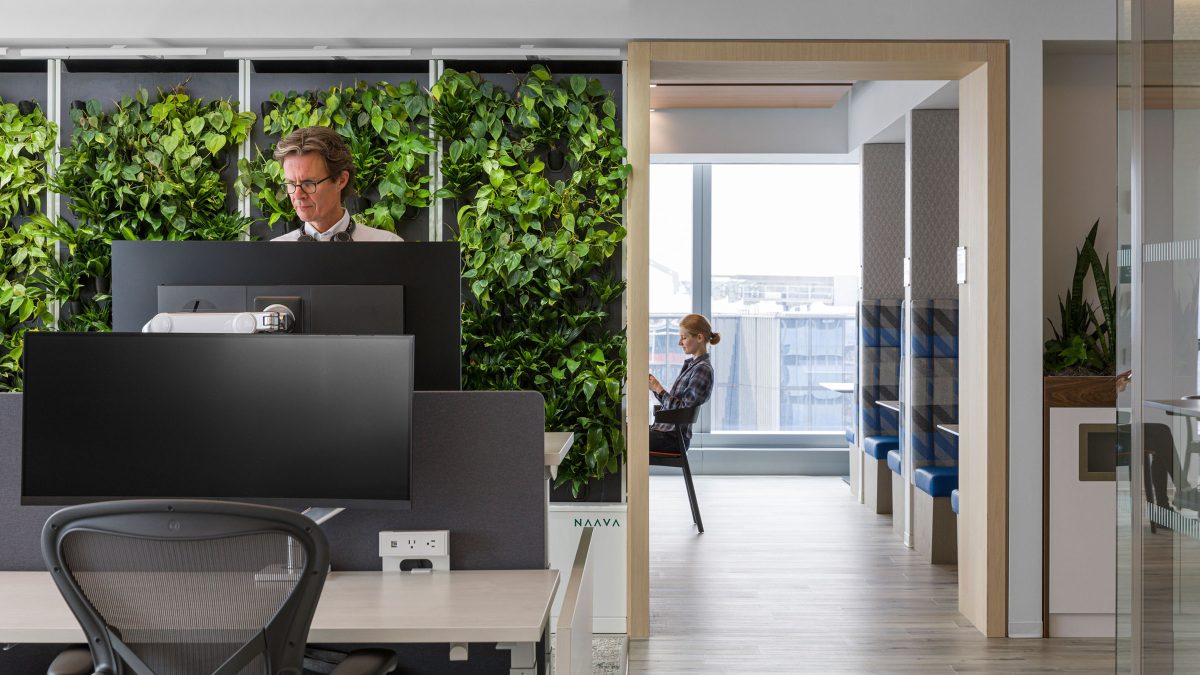 DNB, New York
DNB, New York 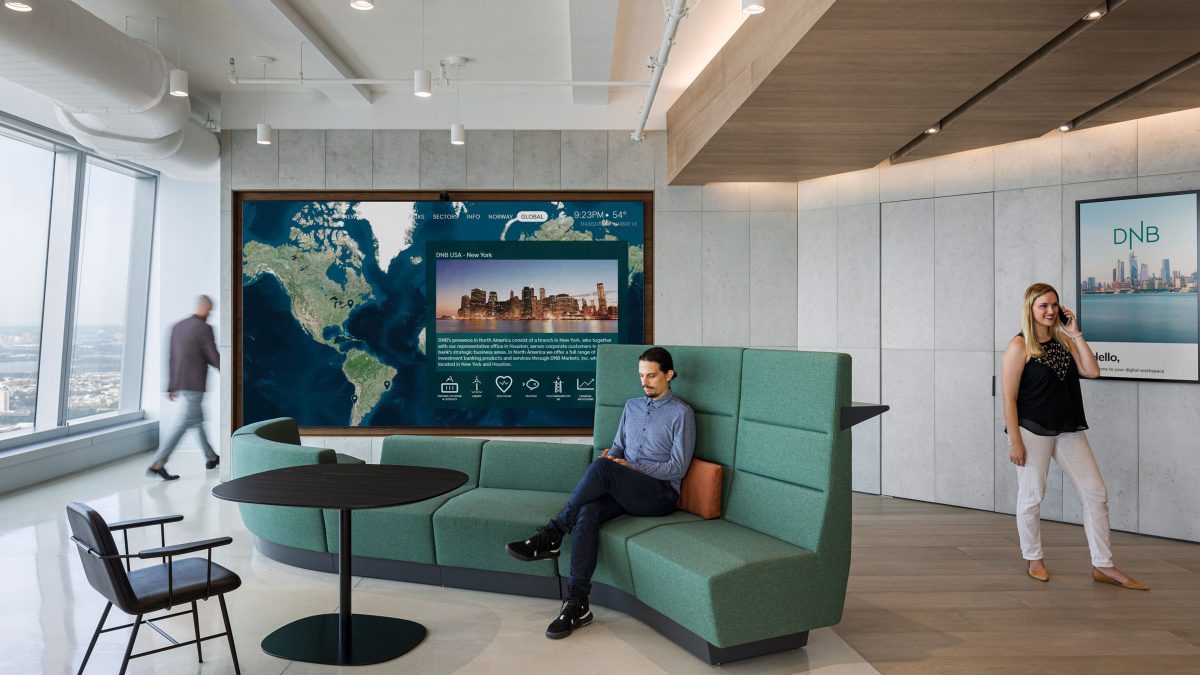 DNB, New York
DNB, New York In a world facing increasing environmental challenges and a growing demand for resources, the future of architecture must include sustainability.
Sustainable architecture should be an integrated approach that balances environmental responsibility, economic viability and social wellbeing. By reducing both embodied and operational carbon through innovative design, energy-efficient systems and circular materials, sustainable buildings are paving the way for a greener future.
For more information on how we are contributing to sustainable architecture, please read this article. As we strive to meet the needs of the present without compromising the future, sustainable architecture is imperative. It’s not just a trend; it’s a long-term commitment to a better world— a world where buildings are in balance with the environment and enhance the lives of those who inhabit them.
Contact our team to learn more about creating environmentally and socially responsible buildings.
Associate Director
Global Director